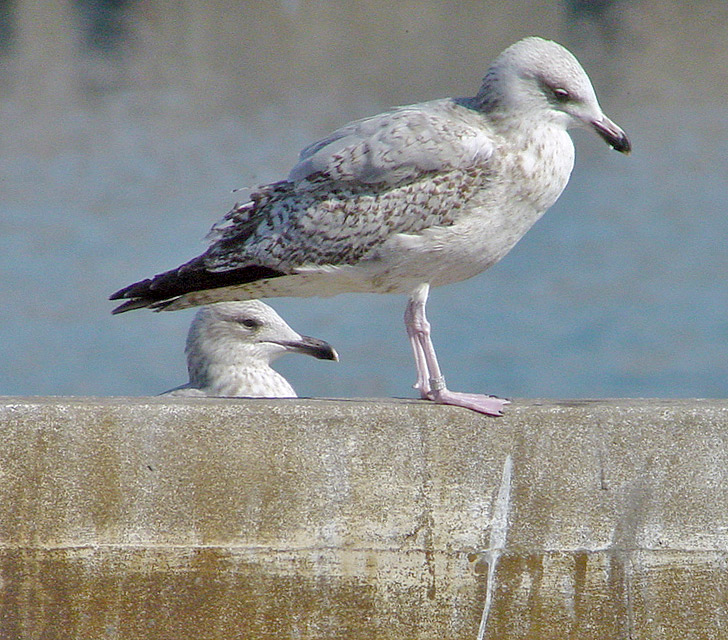 Herring Gull- Zilvermeeuw (argentatus & argenteus)
Herring Gull- Zilvermeeuw (argentatus & argenteus)
(last update:
Herring Gull plumages:
hg 1cy July
hg 1cy August
hg 1cy September
hg 1cy October
hg 1cy November
hg 1cy December
hg 2cy January
hg 2cy February
hg 2cy March
hg 2cy April
hg 2cy May
hg 2cy June
hg 2cy July
hg 2cy August
hg 2cy September
hg 2cy October
hg 2cy November
hg 2cy December
hg 3cy January
hg 3cy February
hg 3cy March
hg 3cy April
hg 3cy May
hg 3cy June
hg 3cy July
hg 3cy August
hg 3cy September
hg 3cy October
hg 3cy November
hg 3cy December
hg sub-ad January
hg sub-ad February
hg sub-ad March
hg sub-ad April
hg sub-ad May
hg sub-ad June
hg sub-ad July
hg sub-ad August
hg sub-ad September
hg sub-ad October
hg sub-ad November
hg sub-ad December
hg ad January
hg ad February
hg ad March
hg ad April
hg ad May
hg ad June
hg ad July
hg ad August
hg ad September
hg ad October
hg ad November
hg ad December
Herring Gull H-117858 3cy (argenteus), March 16 2003, Le Portel / Boulogne-sur-Mer, France (50.42N,1.34E).
A typical argenteus,
ringed as pullus on July 20 2001 at Zeebrugge, Belgium (51.20N 03.11E), Bruxelles H-117858.
Most
of the scapulars
are plain adult-like grey, contrasting with the barred lesser coverts, but
still not
creating a saddle effect. The bill is typical for 3cy birds in March,
pinkish base and a broad bill-band. Note
the rather brown second generation primaries lacking the mirror on P10.
The tail is completely second generation, showing a broad band.
The moult-stage is sometimes difficult to interpret in 3cy argenteus
by March. This Belgian individual has moulted a few tertials and wing-coverts in the
partial autumn moult as 2cy bird: tertials #1-3 have been replaced,
greater coverts #2-3 have been replaced, most of central median and lower
lesser coverts
have been replaced (for anchor patterned third generation feathers).

3cy argenteus has
a partial moult in spring. It starts in January and is completed by April,
leaving birds in so-called "second summer" plumage. The head
turns white, especially on throat, breast and belly. By April, the
scapulars and mantle will show many adult-like grey feathers, often
creating a contrasting "grey saddle", as most of the
wing-coverts (especially the lesser coverts) are still barred. The old
second generation wing-coverts start to fade and the fringes wear off.
The iris and base of the bill turn pale yellow, although some individuals
show a warm amber iris. The bill shows some red on the gonydeal angle and
it still shows an obvious dark bill-band.